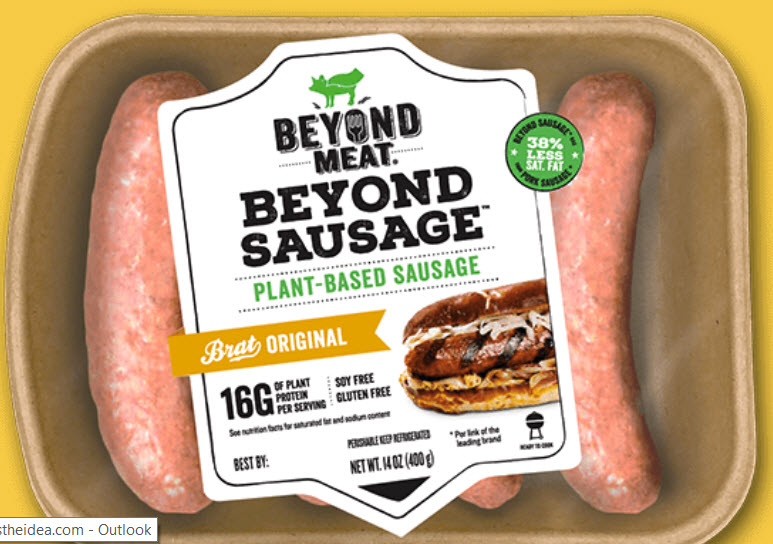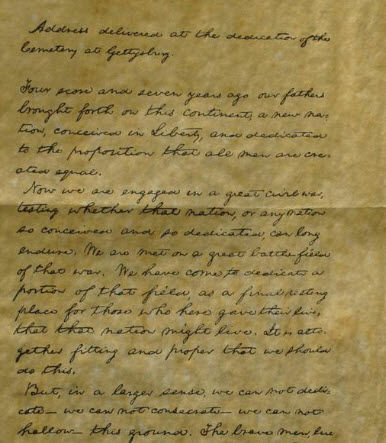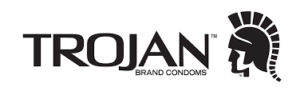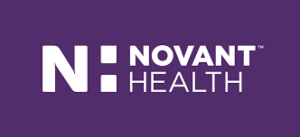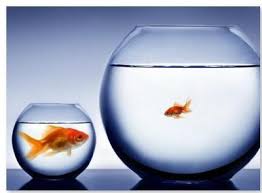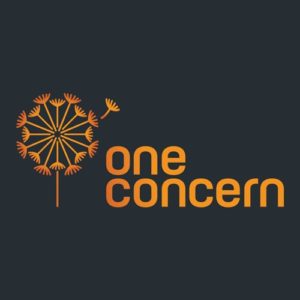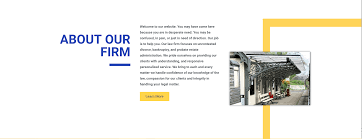Rocketship Brands.
Beyond Meats is a plant-based meat company (semantics much?) that recently went public. As someone trying to cut way down on animal fats I’ve dabbled in veggie burgers and for a while tried Beyond Burgers while waiting for Impossible Burger general availability. I liked the Beyond Burger okay, so long as I topped it with grilled onions, ketchup, light mayo, whatevs. That is, until that non-hamburger aftertaste started to rear its head.
With Impossible now available at Burger King (loves me some Cheese Whoppers), I can now get my burger fix there. If only they would serve the burger hot a la “flame broiled.”
Back to Beyond. In addition to burgers they make two sausages: an Italian and a brat. I first tried the Italian and it was wonderful. Not “splooge you in the face with fat” wonderful, but a nice mixture of Italian seasonings that would make a Bronx grandma proud. My expectations for a good brat were low. But guess what? It was killer. Maybe even better than the Italian. Stevie has a new friend, Stevie has a new friend.
The best brands result from the best products. The best brand strategies provide an organizing framework that celebrate the product. A good product with a bad brand strategy can work – brains go only so far where the taste buds, loins and physiological self are concerned. But get the product right (like Beyond Meat) and the brand strategy and you have an impenetrable combination. A rocketship!
Peace.

